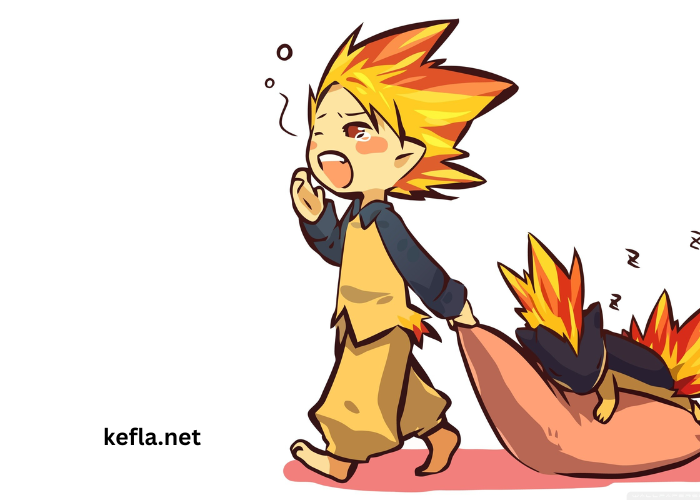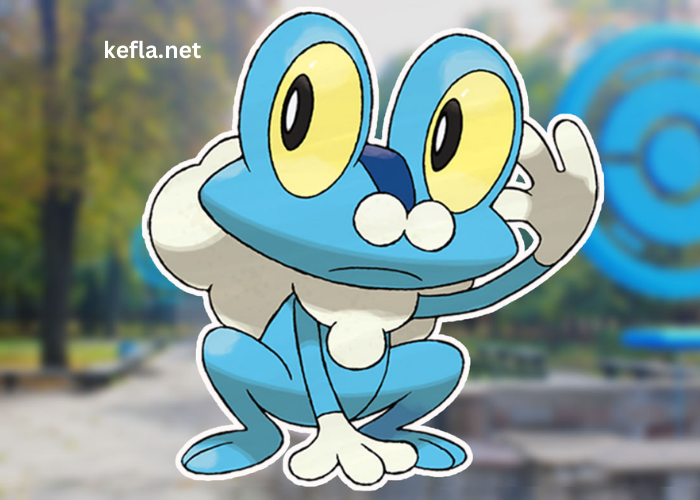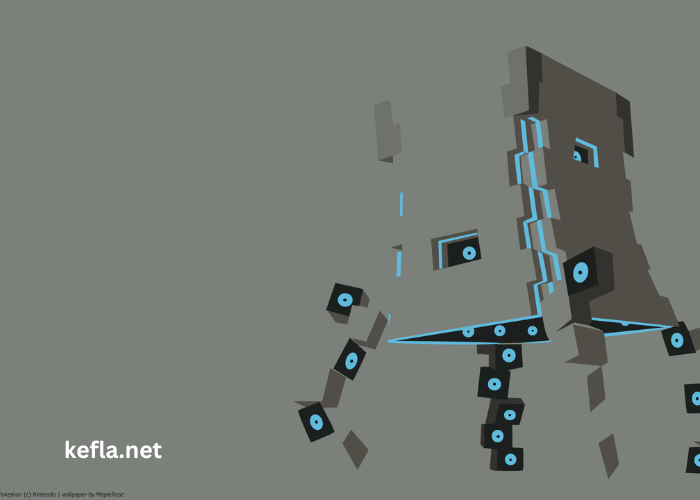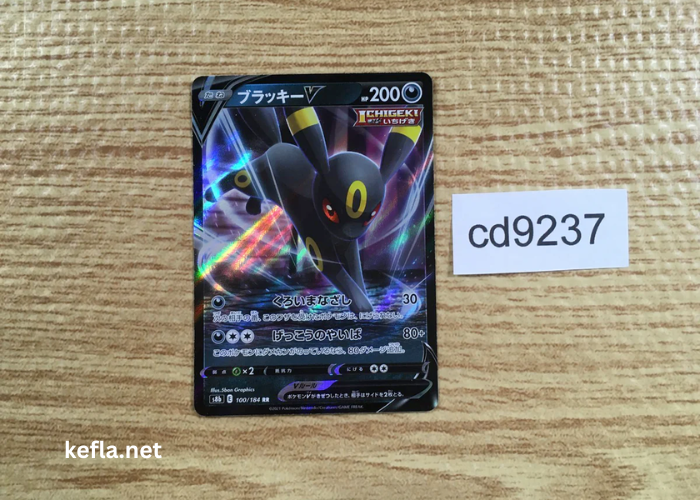Quilava, the Volcano Pokémon, is known for its fiery nature and ability to command the battlefield with sheer force. As a second evolution of Cyndaquil, it’s an evolved form that continues to showcase its dominance in battles, especially when compared to other Pokémon. Quilava is a Fire-type Pokémon, which means it thrives in high-intensity situations, using its powerful moves to overwhelm its opponents.
If you’ve ever wondered what makes this Pokémon stand out in competitive battles, read on as we break down the key aspects of its fighting power, speed, and battle strategy.
Key Points:
- Quilava excels in fast, hard-hitting attacks.
- It has great Speed and Special Attack stats.
- With access to powerful Fire-type moves, it can easily deal massive damage.
Why Is Quilava So Powerful in Battle?
Quilava’s strength in battle lies in its stats and its move pool, which provide a balanced offensive and defensive strategy. A solid Speed stat ensures that it can outspeed many of its opponents, while its Special Attack stat allows it to deal significant damage. On top of this, Quilava’s Fire-type abilities create a serious threat against Grass, Bug, Ice, and Steel Pokémon, making it a well-rounded combatant in various situations.
Quilava’s signature moves, such as Flame Wheel and Eruption, enable it to take advantage of both physical and special attacks. These moves not only damage opponents but can also trigger status effects like burns, adding a layer of difficulty for the enemy Pokémon. Its strong movepool gives trainers flexibility in how to build and use Quilava, allowing for strategic planning before a battle.
Reminder: Quilava may not be as bulky as other Pokémon, but its offensive capabilities make up for it in most competitive scenarios.
How Does Quilava’s Speed Contribute to Its Battle Success?
Speed is one of Quilava’s defining traits, making it a swift and dangerous fighter. With its high Speed stat, Quilava is able to outrun many Pokémon in a standard match. This is especially important when facing off against slower, more defensive opponents that rely on tanking damage. Quilava’s speed allows it to deal a first strike, which is crucial in knocking out weaker foes before they can retaliate.
For example, in a battle against a Water-type like Gyarados, Quilava’s speed would allow it to get in a quick Fire-type attack such as Flamethrower or Flame Charge, potentially knocking out Gyarados before it can even attempt a Water-type move. In this case, Quilava’s speed is the ultimate game-changer, ensuring that its opponent’s defense doesn’t have time to fully activate.
| Pokémon | Speed Stat | Potential Advantage |
| Quilava | 80 | Can Outspeed Many Pokémon |
| Gyarados | 81 | Slightly Faster, but Vulnerable to Fire |
As demonstrated in the table, Quilava’s Speed puts it in a favorable position against many Pokémon, allowing it to dominate in situations where its opponent may not be as quick on the draw.
Note: Always be mindful of Quilava’s Speed when strategizing; sometimes, being faster than your opponent can lead to a complete game-changer.
What Moves Make Quilava a True Battle Threat?
When it comes to moves, Quilava has an arsenal of powerful Fire-type attacks that contribute to its dominance. Flame Wheel is a physical Fire-type move that not only inflicts damage but also has a 10% chance to burn the target. Eruption, on the other hand, is a Special Attack that grows stronger the more HP Quilava has, allowing for devastating blows if used early in the battle.
Quilava can also learn moves like Quick Attack for priority, giving it an edge in a pinch. Along with its defensive and offensive moves, Quilava also has access to status-affecting moves like Smokescreen, which reduces an opponent’s accuracy and can turn the tide of a battle.
| Move | Type | Effect |
| Flame Wheel | Fire | Physical, Burn Chance |
| Eruption | Fire | Special, Power Increases with HP |
| Quick Attack | Normal | Priority Move |
| Smokescreen | Normal | Reduces Accuracy |
These moves make Quilava a versatile Pokémon on the battlefield. Whether you’re looking to attack quickly or set up a strategic advantage, Quilava has the right tools to win.
Reminder: Don’t overlook Quilava’s ability to learn status-affecting moves. Smokescreen can be key in disrupting an opponent’s strategy.
What Are Quilava’s Weaknesses in Battle?
Though Quilava is a strong and fast Pokémon, it is not invincible. Being a Fire-type, it has inherent weaknesses to Water, Rock, and Ground-type moves, all of which deal super-effective damage. If you find yourself up against a Water-type Pokémon like Blastoise or a Rock-type like Onix, Quilava’s offense can be severely diminished.
In battles, it’s important to avoid using Quilava in scenarios where these types dominate. Having backup Pokémon or moves that can cover these weaknesses, such as Electric-type moves or a different Fire-type partner, can help mitigate Quilava’s vulnerabilities.
| Pokémon Type | Weaknesses |
| Water-type | Double Damage |
| Ground-type | Double Damage |
| Rock-type | Double Damage |
Even though Quilava has a strong offensive presence, its defenses are not as high as some other Pokémon. This makes it susceptible to getting knocked out quickly if caught off-guard by one of these weaknesses. Trainers must carefully consider their team’s composition to ensure Quilava’s vulnerabilities are covered.
How Can Quilava Be Used Strategically in Battle?
In competitive battle scenarios, Quilava can be used in multiple roles depending on your team composition. One of its strongest roles is as a fast offensive threat, dealing heavy damage with Fire-type moves and quickly clearing out the weaker opponents. By using a combination of moves like Flame Wheel for physical attacks and Eruption for a more devastating special attack, Quilava becomes an unpredictable force.
For defensive strategies, you can use Smokescreen to lower your opponent’s accuracy and force them into using less-effective moves. Additionally, pairing Quilava with Pokémon that can cover its weaknesses – like a Water-type for Ground opponents – can increase your chances of success in tough battles.
Conclusion
Quilava, the Volcano Pokémon, has a powerful blend of speed, offensive strength, and diverse moves that make it a formidable opponent in battle. Whether you’re using it to quickly take out an opponent or leveraging its abilities to control the flow of the fight, Quilava excels when used strategically. However, it’s important to keep in mind its weaknesses and have a backup plan in place for when things don’t go according to plan.
By understanding its strengths and weaknesses, trainers can make Quilava an essential part of their Pokémon team, dominating battles with speed, firepower, and strategy.
FAQ’s
- What is Quilava’s strongest move?
Quilava’s strongest move is Eruption, especially when it has high HP. It’s a powerful Fire-type move that deals devastating damage. - Can Quilava defeat Water-types?
Quilava struggles against Water-type Pokémon because they have a type advantage. However, with a solid strategy, it can still hold its ground. - How fast is Quilava in battle?
Quilava’s Speed stat is 80, which allows it to outspeed many Pokémon, making it a strong contender in quick, fast-paced battles. - What are Quilava’s biggest weaknesses?
Quilava is weak to Water, Ground, and Rock-type moves, so it’s important to plan your team carefully to counter these weaknesses. - Can Quilava learn status-affecting moves?
Yes, Quilava can learn moves like Smokescreen, which lowers an opponent’s accuracy and can help disrupt their strategy during a battle.





